The Druid’s Idol At Brimham Rocks: A Legendary Focal Point Of Ancient Druidic Rituals
The Druid’s Idol, also known as the Druid’s Stone or Druid’s Rock, is a captivating relic of ancient times near Harrogate, Yorkshire, UK.
Its precise origins are veiled in mystery, but it’s widely believed to have been a focal point for ancient Druidic practices.
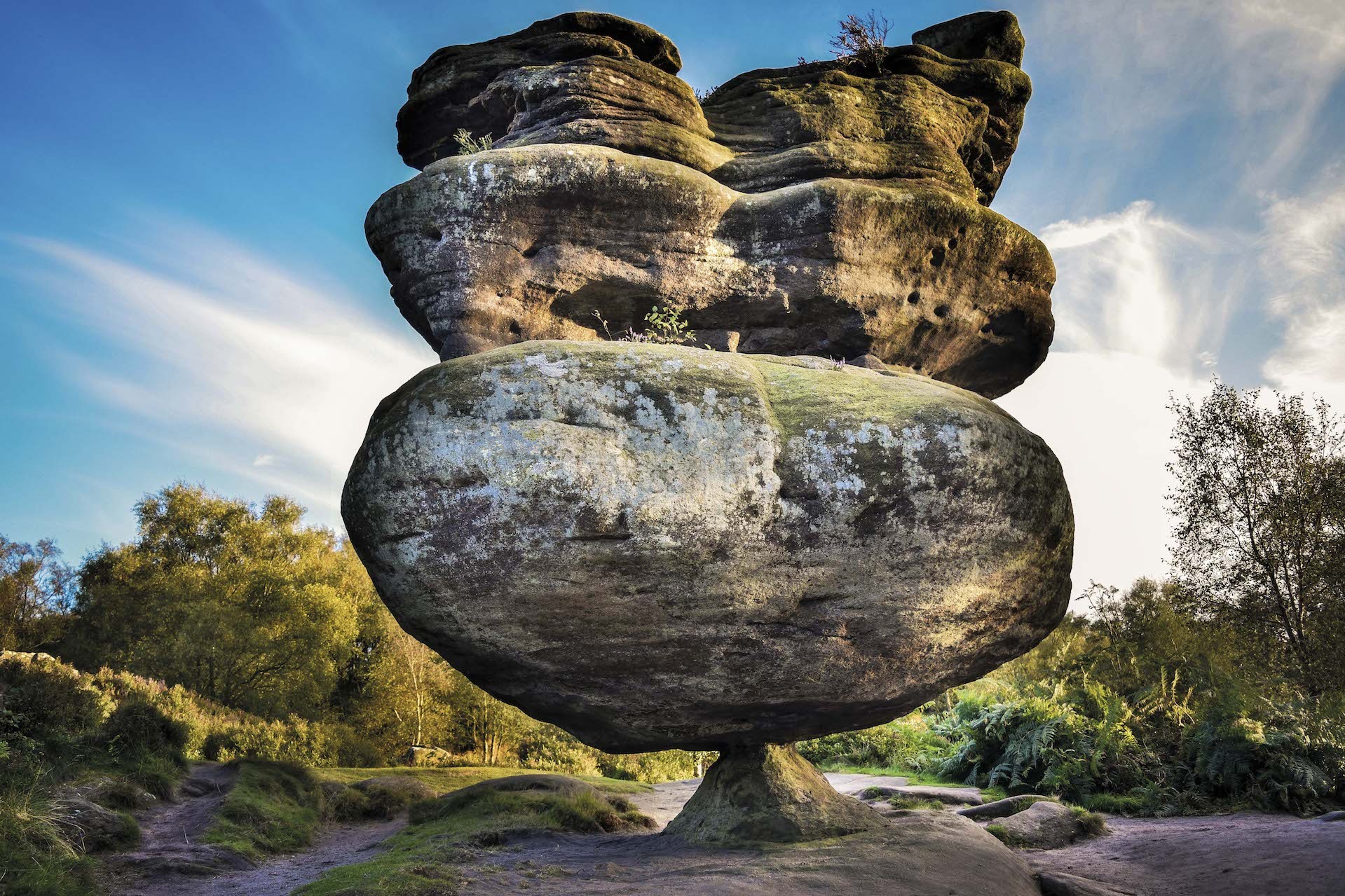
Location
Druid’s Idol is nestled within the breathtaking landscape of Brimham Rocks, a 183.9-hectare (454-acre) Site of Special Scientific Interest (SSSI) and Geological Conservation Review (GCR) site.
Brimham Rocks
The Druid’s Idol is part of Brimham Rocks, renowned for its spectacular water- and weather-eroded rock formations.
The rocks here are primarily composed of Millstone Grit, a medium to coarse sandstone deposited around 318-317 million years ago during the Carboniferous period.
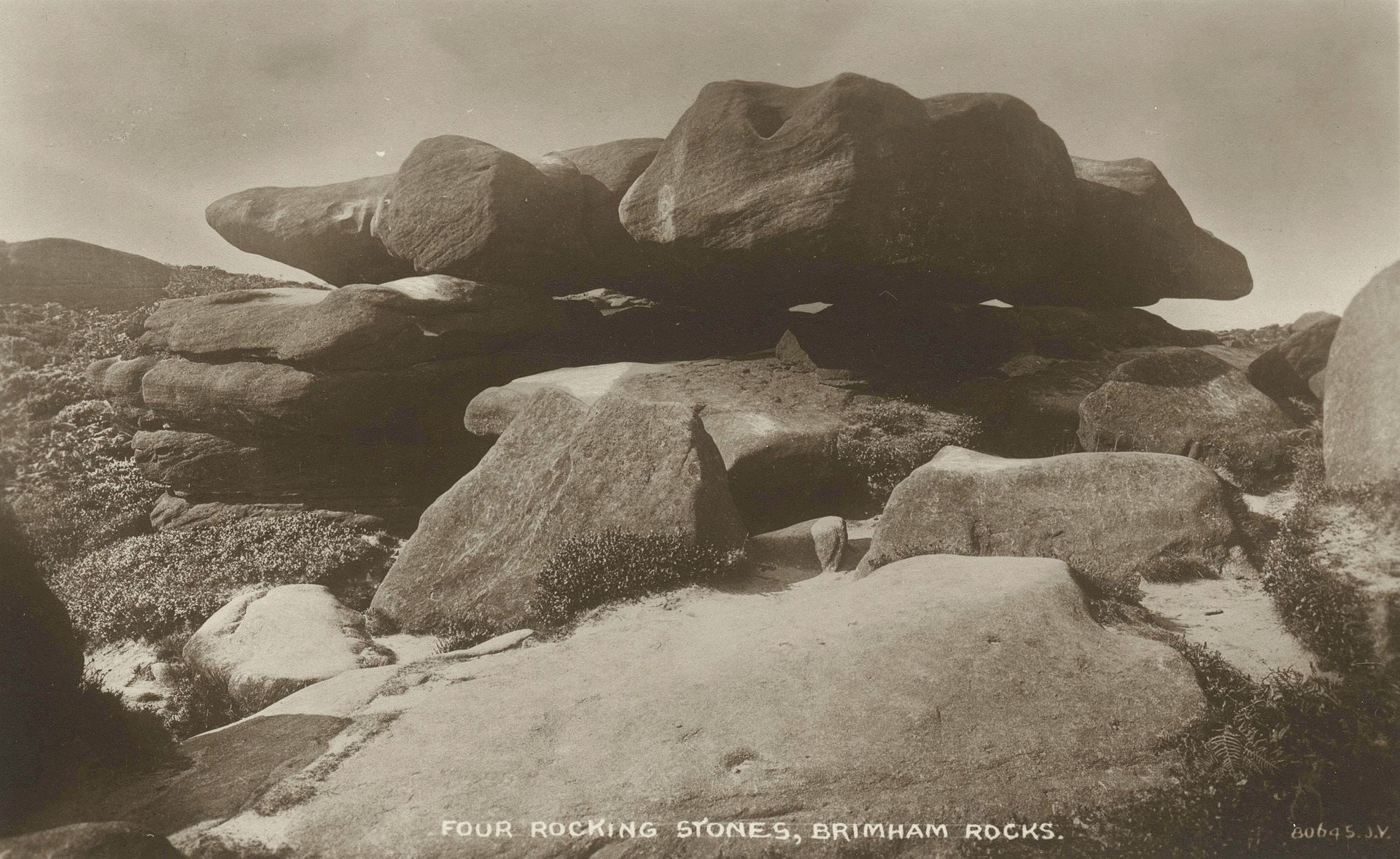
This grit, also known as Lower Brimham Grit or Lower Plompton Grit, was originally laid down in a delta environment.
Over the millennia, natural forces such as wind, water, and ice have sculpted these rocks into their current fantastical shapes.

Cross-Bedding Pattern
The Druid’s Idol, like many of its neighbors, exhibits unique features such as cross-bedding.
This pattern was formed by the shifting sands of ancient rivers—and weathered surfaces shaped by glacial and sub-aerial processes.
The iconic mushroom shape of the Druid’s Idol, for instance, may have resulted from a combination of sandblasting during the last ice age and subsequent weathering.
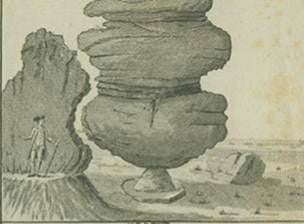
The Druidic Mystique
In the 18th and 19th centuries, the Druid’s Idol became a focal point of speculation and folklore.
Antiquarians and early archaeologists, influenced by the contemporary fascination with Druidic culture and Neo-Druidism, proposed that the rock formations could have been shaped or enhanced by Druids.
This idea was fueled by the publication of works like James Macpherson’s ‘Fragments of Ancient Poetry’ in 1760.
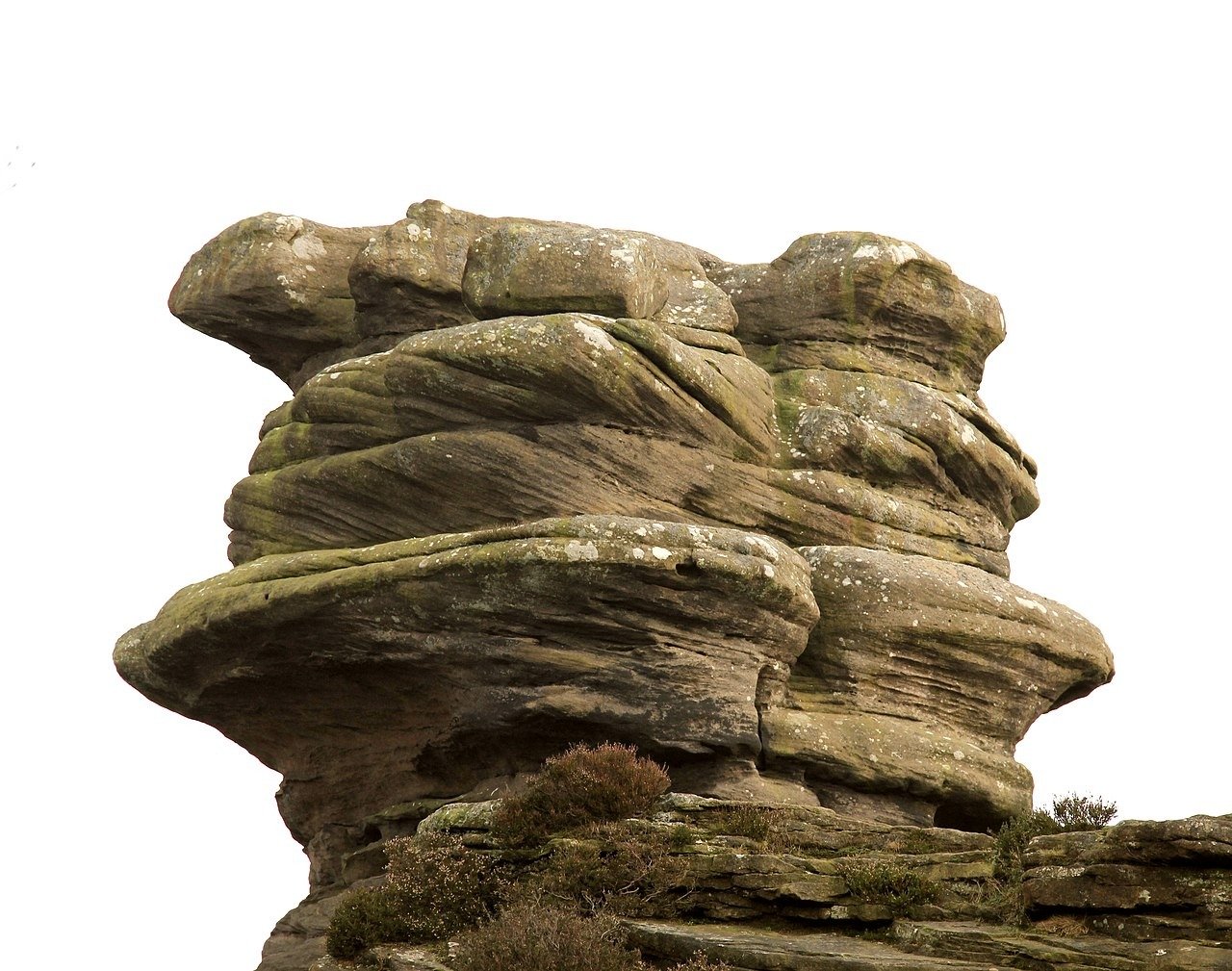
Hayman Rooke, a noted antiquary, was among those who mused about the possibility of Druids using the rocks for rituals.
In 1786, he suggested that the remarkable shapes of the rocks might have been deliberately carved by Druids to serve as oracular stones or ceremonial sites.
This theory was further popularized by various writers and journalists throughout the 19th century.
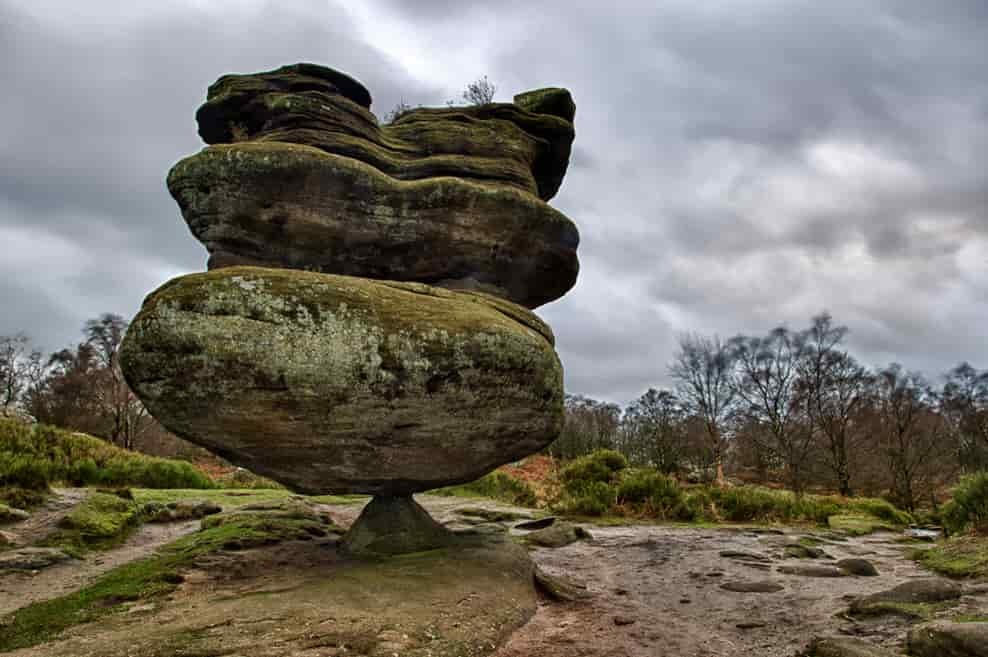
They referred to the rocks with evocative names like “Druid’s Idol,” “Druid’s Altar,” and “Druid’s Writing Desk.”
Despite these romantic notions, it wasn’t until the early 20th century that it became widely understood that the extraordinary shapes of Brimham Rocks, including the Druid’s Idol, were purely the result of natural erosion rather than human intervention.

The Druid’s Idol Today
Today, the Druid’s Idol remains a popular attraction within Brimham Rocks.
Managed by the National Trust, the site draws visitors who are captivated by its natural beauty and historical associations.

Visitors to Brimham Rocks can explore the Druid’s Idol along with other fascinating rock formations, enjoying the breathtaking scenery and diverse habitats.


